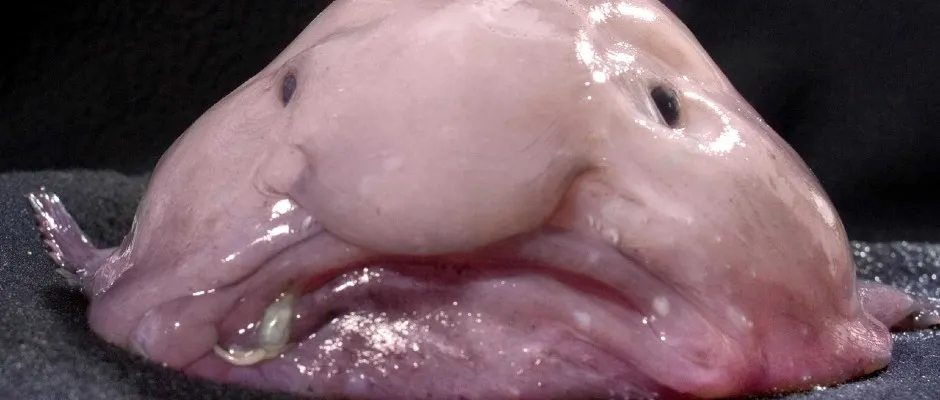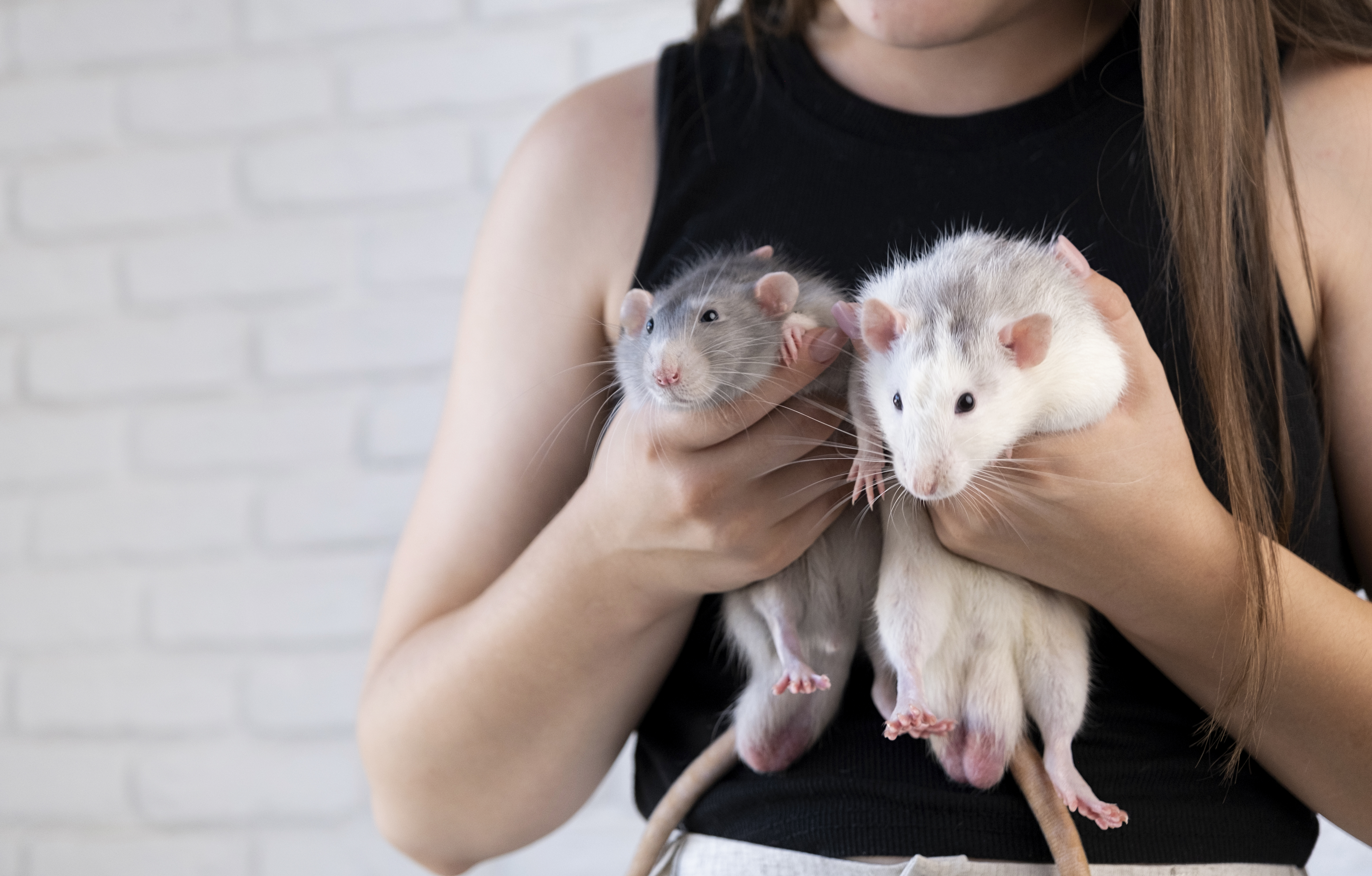Debunking Myths of the Animal Kingdom Through a Whirlwind Tour of the World's Top 18 Bizarre Beasts
Welcome to a fascinating journey through the animal kingdom, where we will debunk myths and misconceptions about the world's most bizarre beasts. As we traverse the globe, we will encounter a wide range of creatures, from the deep-sea dwellers to the high-altitude flyers. Some are shrouded in mystery, while others are often misunderstood due to folklore and popular culture. Our mission is to separate fact from fiction, to unveil the truth behind these fascinating creatures. With a blend of scientific research and captivating narratives, we aim to provide a comprehensive understanding of the world's top 18 bizarre beasts.
The Vampire Bat

The first stop on our journey is South and Central America, home to the infamous Vampire Bat. Contrary to popular belief, these creatures do not aim to suck human blood. They primarily feed on the blood of livestock. Their saliva contains an anticoagulant that prevents the blood from clotting, allowing them to feed without causing harm to their hosts.
The Komodo Dragon

Next, we sail to Indonesia, where we meet the largest living lizard, the Komodo Dragon. Contrary to the myth, they do not have toxic saliva. Their mouths host a variety of bacteria, and their bite can cause severe infections, but they are not venomous.
The Praying Mantis

Our next stop is the world of insects, where we encounter the Praying Mantis. It's a myth that the female always eats the male after mating. This behavior is observed mainly in captivity due to stress and lack of alternative food sources.
The Tasmanian Devil

We now venture to Australia to debunk myths about the Tasmanian Devil. Contrary to popular belief, they are not aggressive creatures. They are solitary and prefer to avoid confrontation.
The Platypus

Still in Australia, we meet the Platypus. Despite its odd appearance, it is not a result of breeding between a duck and a beaver. It's a unique species that has evolved distinct features over millions of years.
The Narwhal

We then travel to the Arctic to meet the Narwhal. The long tusk is not a hunting tool, as often believed. It's actually a tooth that can sense changes in the environment.
The Pangolin

Next, we head to Africa and Asia to meet the Pangolin. Contrary to the myth, its scales are not medicinal. They are made of keratin, the same material as human hair and nails.
The Aye-Aye

In Madagascar, we encounter the Aye-Aye. Despite local beliefs, they are not harbingers of death. They are harmless creatures that play a vital role in their ecosystem.
The Blobfish

Deep in the oceans, we find the Blobfish. Contrary to popular belief, they do not look 'blobby' in their natural environment. The change in pressure when brought to the surface causes their gelatinous appearance.
The

In Mexico, we meet the Axolotl. It's a myth that they can transform into a salamander. They are a type of salamander that remains in its larval form throughout its life.
The Okapi

In the African rainforests, we encounter the Okapi. Despite its zebra-like stripes, it is not related to zebras. It's actually the only living relative of the giraffe.
The

In New Zealand, we meet the Kiwi. Contrary to popular belief, it is not a type of chicken. It's a unique bird species that has evolved over millions of years.
The Tardigrade

In the microscopic world, we encounter the Tardigrade. Despite the myth, they are not indestructible. They can survive extreme conditions, but they are not immortal.
The Naked Mole Rat

In East Africa, we meet the Naked Mole Rat. Contrary to popular belief, they are not blind. They have poor eyesight but can still see light and dark.
The Sloth

In the South American rainforests, we encounter the Sloth. Despite the myth, they do not sleep all day. They are slow-moving but spend a significant amount of time eating and moving around.
The Capybara

Still in South America, we meet the Capybara. Contrary to popular belief, they are not giant guinea pigs. They are a unique species in the rodent family.
The Dugong

In the warm coastal waters, we encounter the Dugong. Despite the mermaid myths, they are not half-human, half-fish. They are a unique species of marine mammal.
Our journey through the animal kingdom comes to an end, but the quest for knowledge continues. We have debunked myths and misconceptions about some of the world's most bizarre beasts, but there are countless more creatures to explore. The animal kingdom is a fascinating realm, filled with intrigue and wonder. The more we learn about these creatures, the more we can appreciate their unique roles in our planet's ecosystems.







